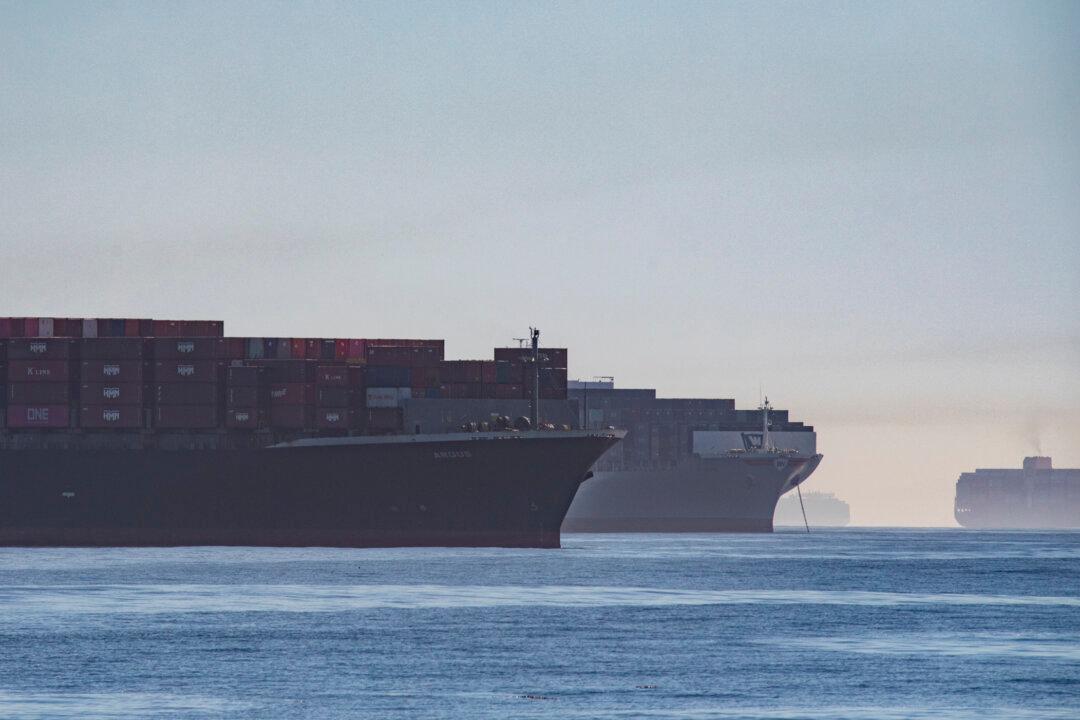Faced with long waits at the ports in Los Angeles, more companies are delivering goods to East Coast and Gulf Coast ports to save time and money.
The Port of Baltimore welcomed the arrival of a ship on Dec. 14 that delivered 1,800 new Mercedes-Benz vehicles, including about 600 that were scheduled to be delivered to the West Coast. The port also announced two new contracts with some of the world’s largest shipping companies.





